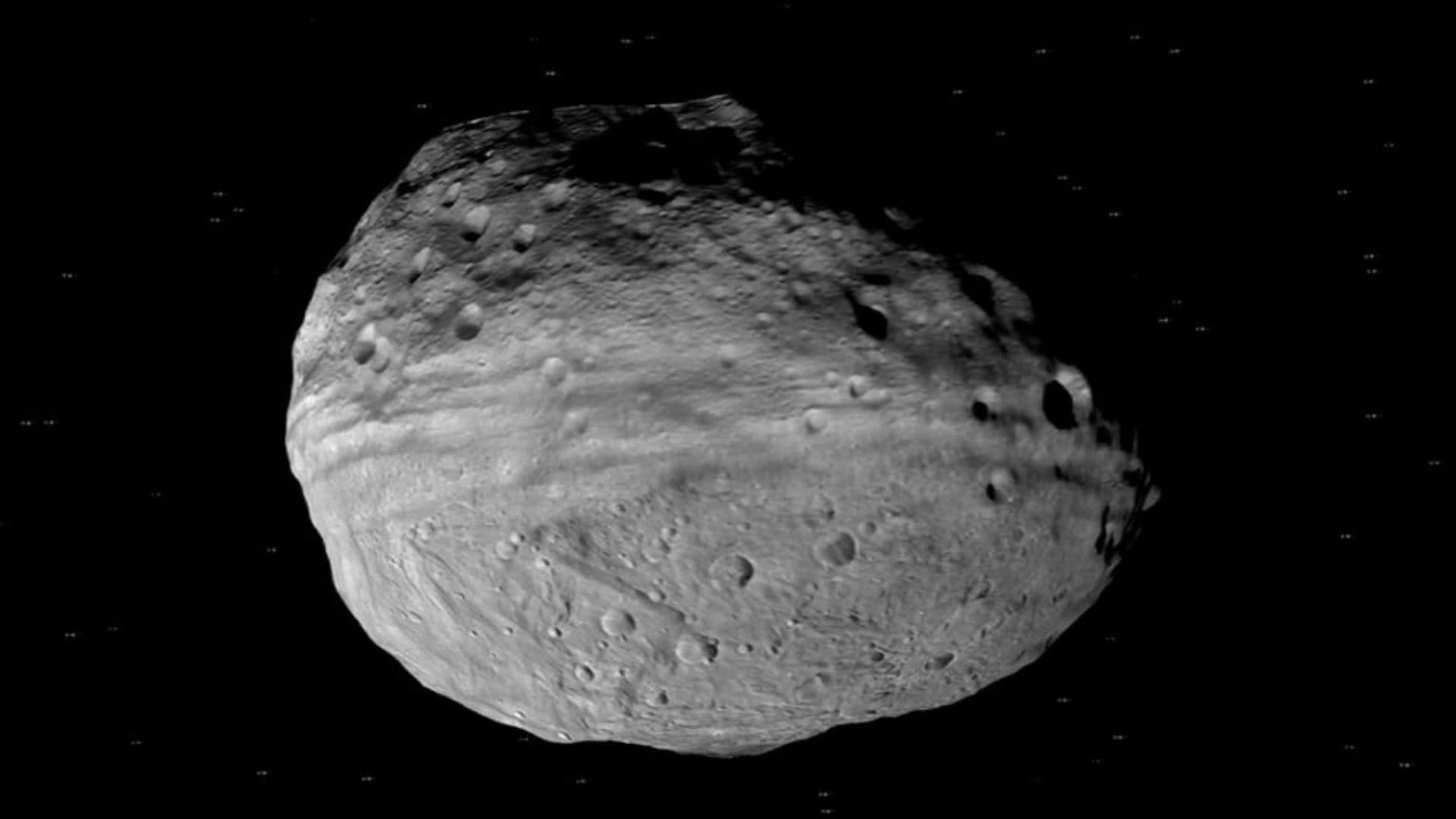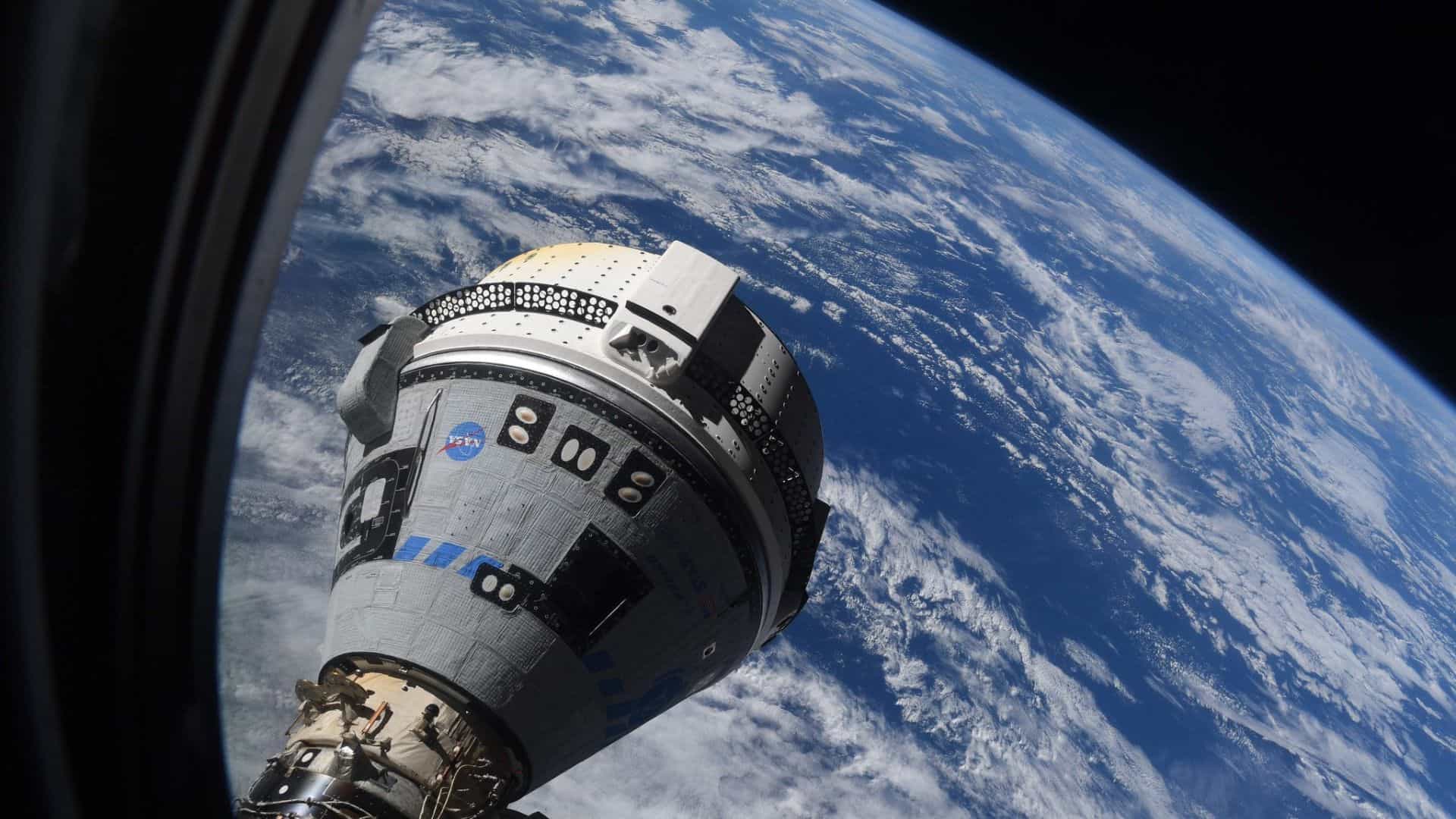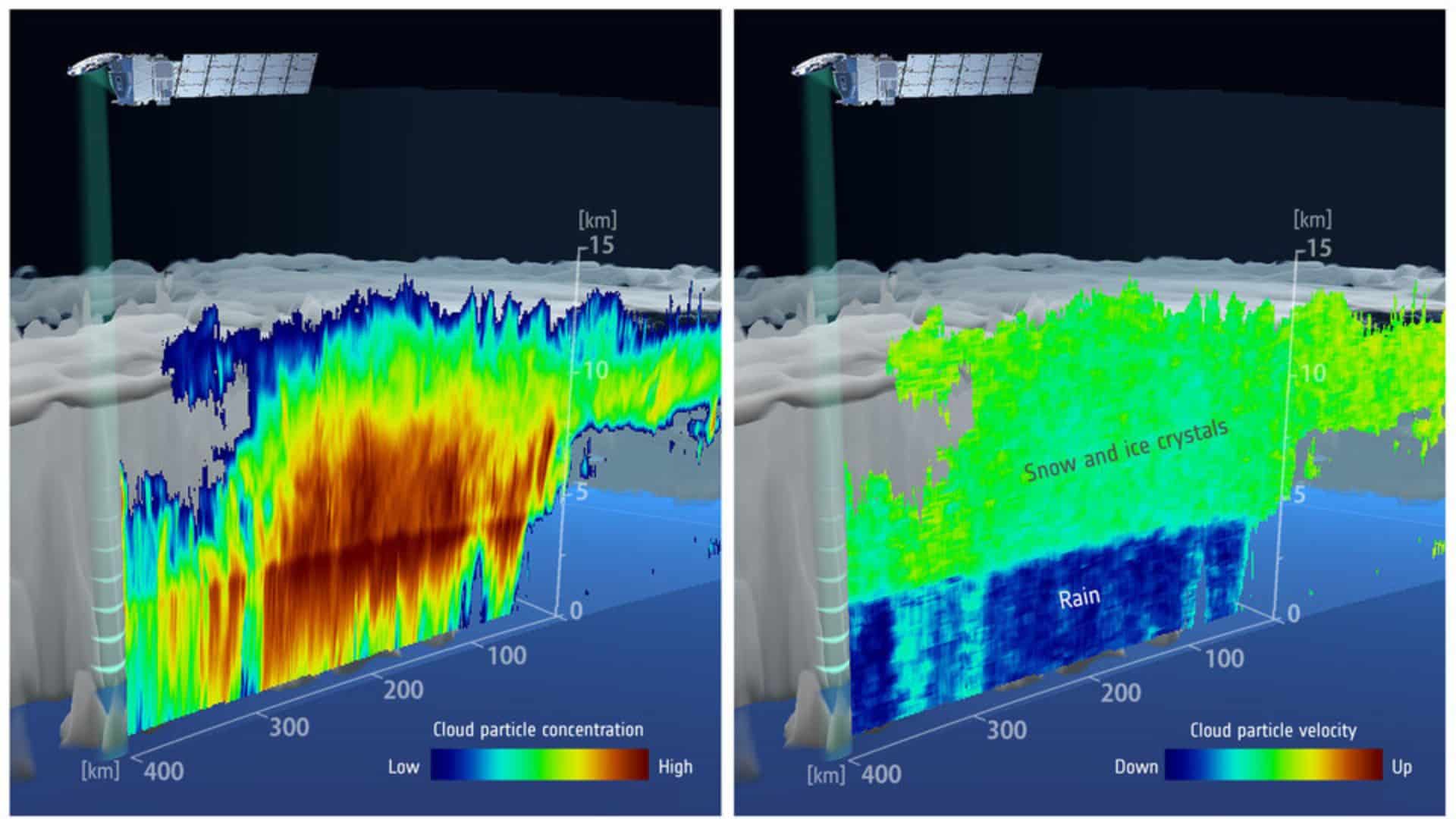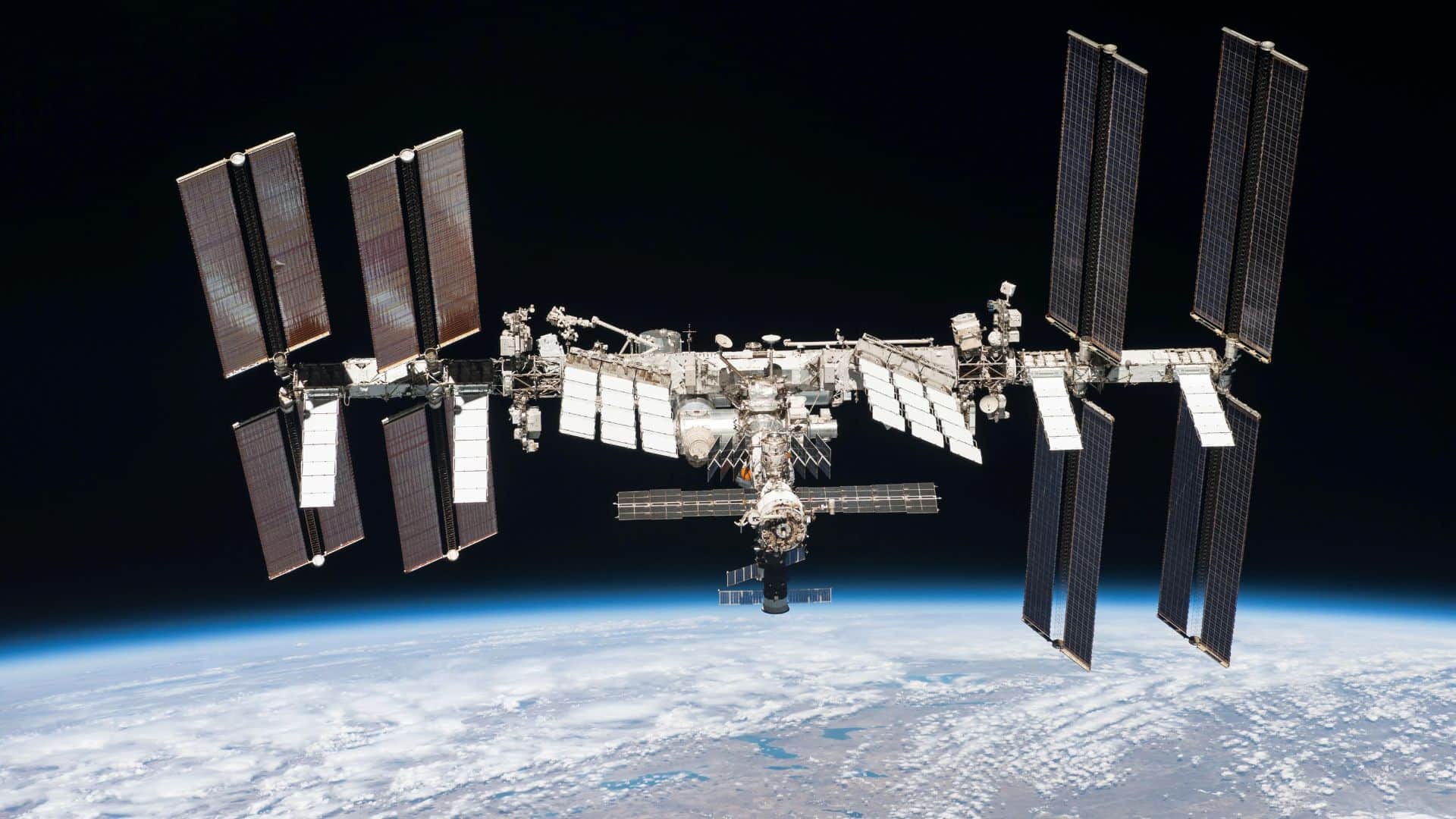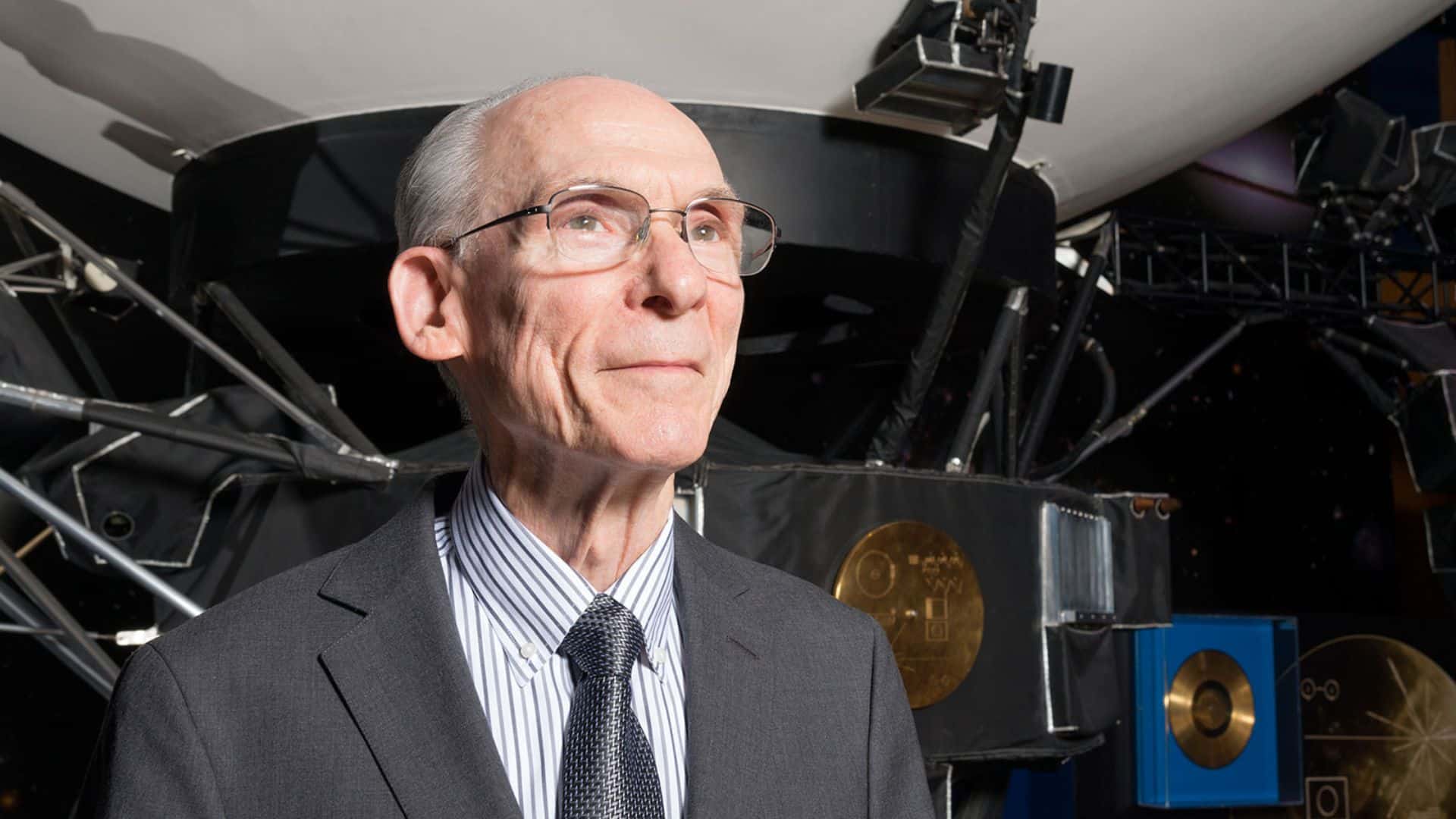
Edward C. Stone, who served as project scientist for NASA’s Voyager mission from 1972 to 2022, passed away on June 9, 2024, at the age of 88.
NASA’s Voyager mission is the longest operating mission in human history. The mission includes NASA’s two spacecraft, Voyager 1 and its twin, Voyager 2.
Currently, both the spacecraft, Voyager 1 and Voyager 2, are operational and exploring interstellar space (the space between stars).
Voyager 1 is now more than 15 billion miles (24 million kilometers) from Earth, making it the most distant human-made object.
And Voyager 2 is traveling slightly slower and in a different direction. Now it is more than 12 billion miles (20 billion km) from Earth.
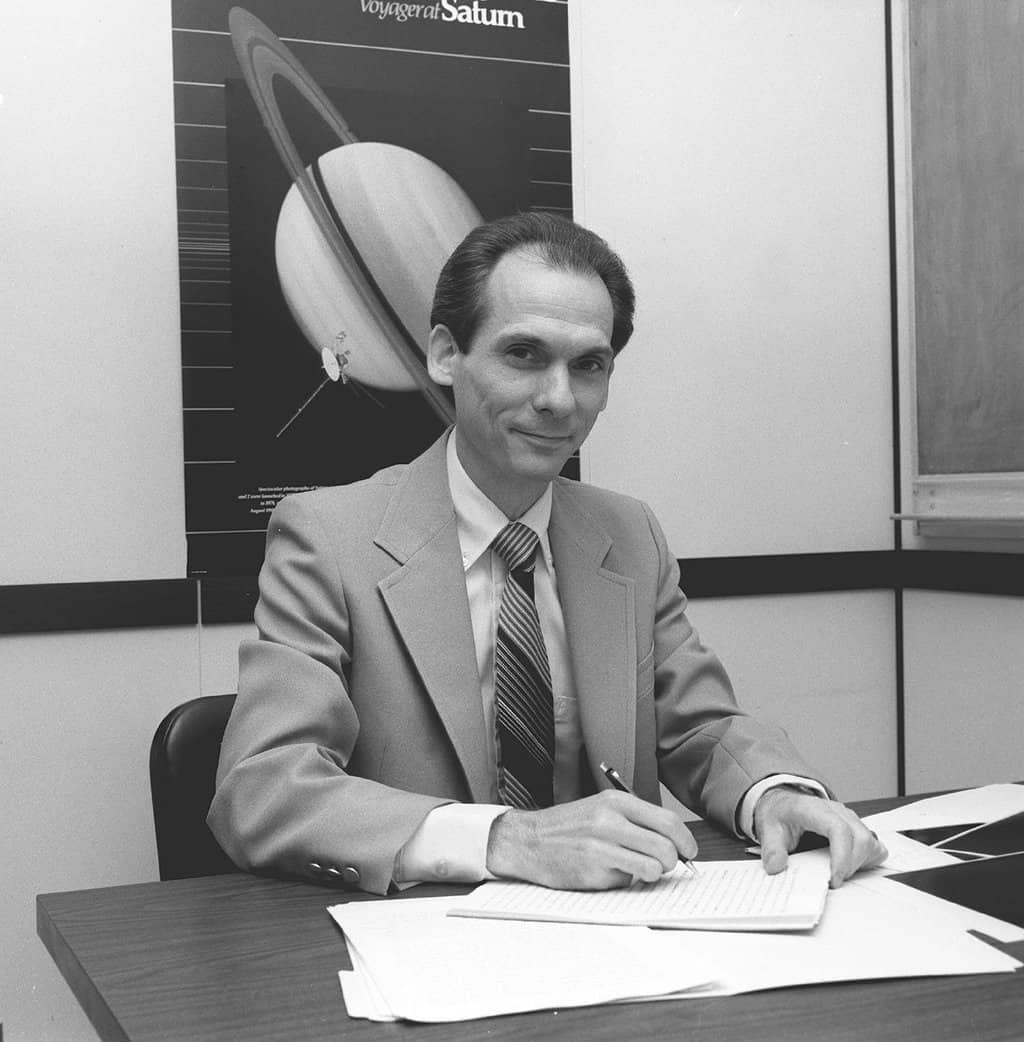
Under the leadership of Ed Stone, the twin Voyager spacecraft were launched in 1977 on a mission to explore Jupiter and Saturn.
The twin spacecraft revealed never-before-seen features of Jupiter and Saturn and their moons, including the first active volcanoes beyond Earth on Jupiter’s moon Io and an atmosphere rich with organic molecules on Saturn’s moon Titan.
After flying by Saturn, Voyager 1 took a different path and continued its journey out of the solar system. Voyager 1 crossed the boundary of the heliosphere (a region outside of our sun’s influence) and entered interstellar space in 2012.
While Voyager 2 was chosen to do the Grand Tour, i.e., to fly by Jupiter, then Saturn, then Uranus, and then Neptune.
Under the guidance of Ed Stone, the Voyager 2 spacecraft took advantage of a planetary alignment that occurs just once every 176 years to visit Jupiter, Saturn, Uranus, and Neptune.
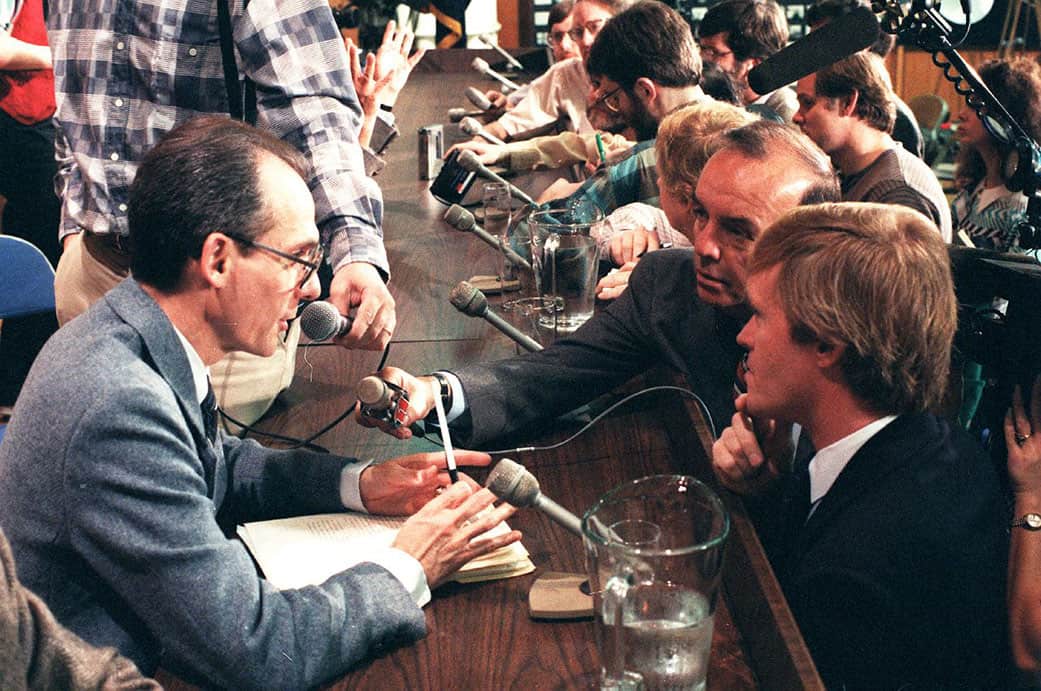
Voyager 2 remains the only spacecraft to fly by Uranus and Neptune. It revealed Uranus’ unusually tipped magnetic poles and the icy geysers erupting from Neptune’s moon Triton.
Voyager 2 entered interstellar space in 2018, six years after Voyager 1.
After the successful planetary flybys of Voyager 2, which were completed in 1989, Ed Stone became the director of JPL. He served as the director of NASA’s Jet Propulsion Laboratory (JPL) in Southern California from 1991 to 2001. The Jet Propulsion Laboratory manages the Voyager mission for NASA.
Ed Stone was awarded the National Medal of Science from President George H.W. Bush in 1991 and received the Shaw Prize in Astronomy from the Shaw Foundation in Hong Kong for his work on the Voyager mission in 2019.
“Becoming Voyager project scientist was the best decision I made in my life,” Stone said in 2018.
Know the current status of the Voyager mission.
Please follow us on Facebook and Twitter to get latest space news, upcoming skywatching events and astronomy-related content.
